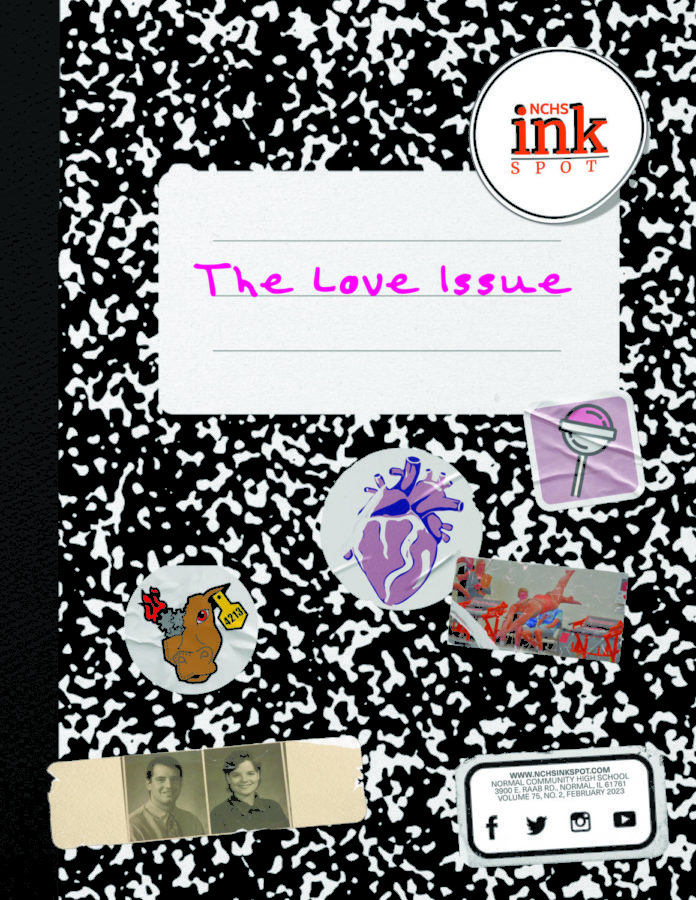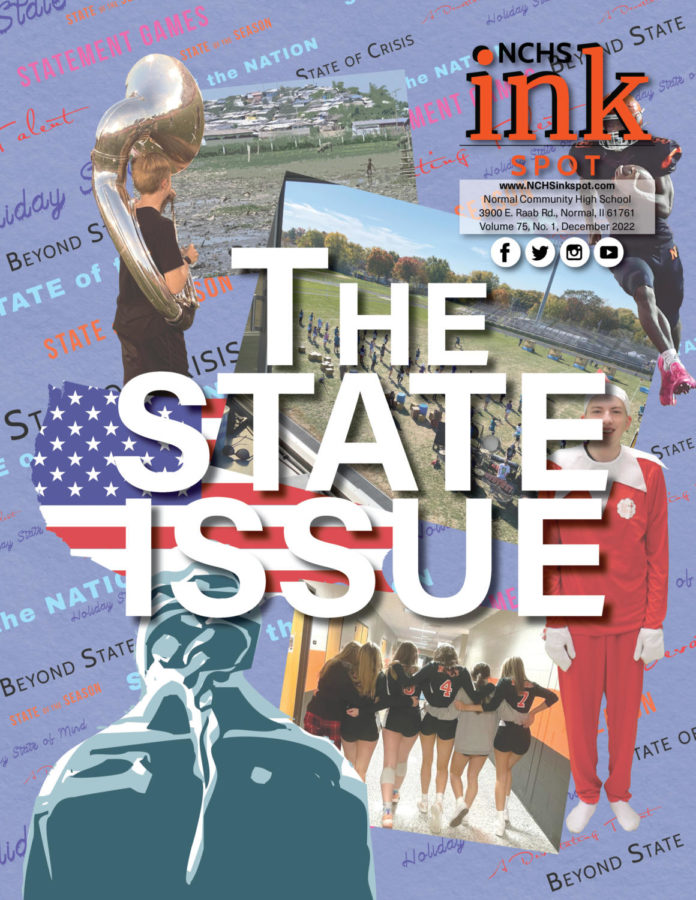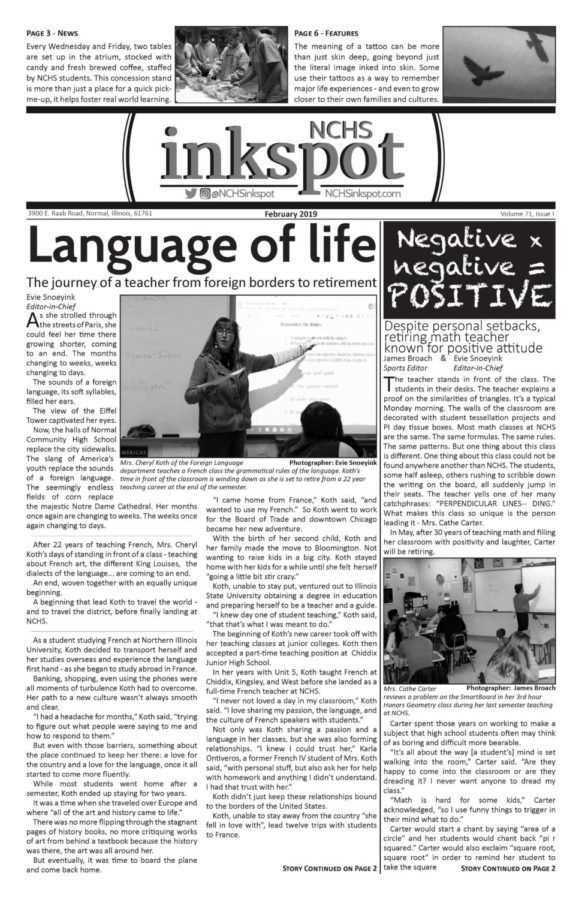Top 5: Most mind-bending ‘Rick and Morty’ episodes
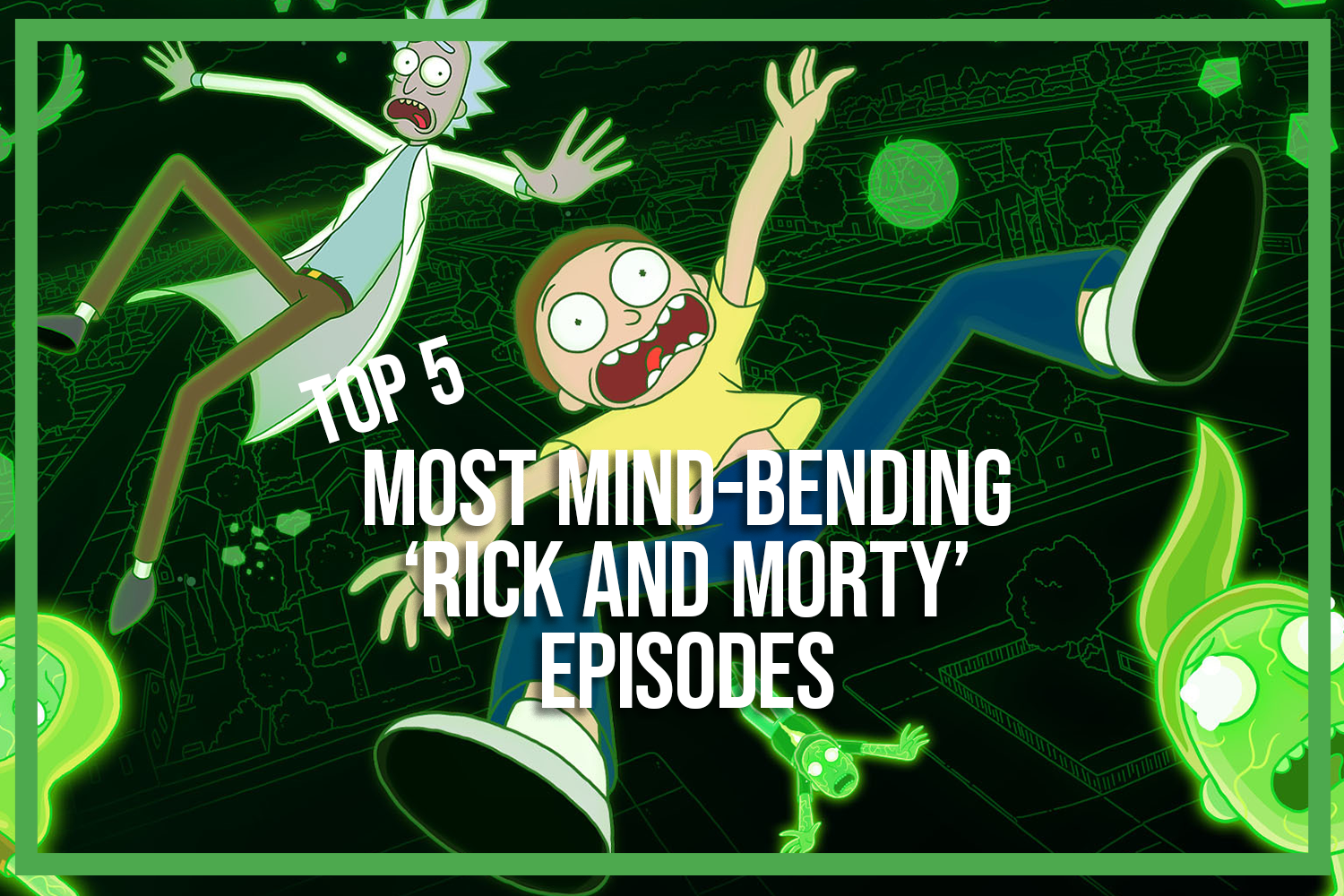
“Insane” barely begins to scratch the surface of “Rick and Morty.” It’s far too sane a word to describe the hit’s straightjacketed madness.
For seven seasons on Adult Swim, the animated sci-fi comedy series has made a name for itself a concoction of utterly chaotic characters and absurdist storylines.
Since its 2013 debut, the misadventures of Rick Sanchez, a nihilistic mad scientist, and his hapless grandson Morty Smith have been making mischief and causing mayhem across the multiverse.
The show’s dark humor, intricate plots and Rick’s general dysfunction have catapulted it to cult status, each episode pushing the boundaries of genre and sanity.
It is off-beat and irreverent, diving into complex philosophical themes and exploring existential questions.
The “Rick and Morty” universe expanding with the Aug. 15 debut of the all-new anime series, the aptly named “Rick and Morty: The Anime,” following Rick, Morty and the rest of the Smith family and season eight of the original series set to premiere in 2025, let’s take a look at the most conceptually-rich episodes of “Rick and Morty.”
Let’s fire up the portal gun and dive into the show’s exploration of complex scientific, metaphorical and philosophical concepts. This is “Rick and Morty” at its mind-bending best.
This early installment sets the tone for the series: blending highbrow concepts and potty humor, all the while establishing the concept of the multiverse, a dizzying array of branching realities.
It’s this episode that established that “Rick and Morty” can be multiple things at once. It’s quite possibly one of the smartest shows on television, hiding behind a mask of belches, a murderous pickle Rick, and Morty’s hyperbolic horniness.
We witness Rick’s ill-fated attempt to create a love potion for Morty’s school crush, which spirals into a pandemic of love-stricken mutants.
The episode showcases how every decision results in a new branch universe, every choice results in a new reality.
Each attempt to solve a problem only leads to more chaos, more realities, the perfect storm of mistakes and mutations, culminating in Rick and Morty abandoning their doomed reality for a fresh start in a parallel universe.
The episode establishes the multiverse Rick and Morty explore throughout the series–worlds where snakes, bees, or shrimp end up the dominant species on earth, realities that construct entire religions revolving around Rick and Morty being their end, and multidimensional citadels filled with Ricks and Mortys living in their own society.
“Rixty Minutes” expands the multiversal stage set two episodes earlier, plunging deeper into infinite possibilities of alternate realities.
The Smith family grapples with what their lives could have been through the lens of a Rick-ified TV set. They tune into other existences, watching multiversal channels, quickly becoming obsessed with their alternate versions, fixating on how things could have gone differently.
It’s a meta exploration of choice and consequence, laying the groundwork for the mind-bending narratives to come. What would have come of each of their lives if they chose differently, if Jerry and Beth never married, if they chose different careers, and more.
The conflict is only natural, thinking of what could have been–but the shenanigans are all the same–with Rick and Morty enjoying alternate-reality-versions of their favorite shows while their family bickers at one another.
But those human experiences are taken to their most “Rick and Morty.”
The episode lays the groundwork for the six seasons, introducing the idea that the Rick and Morty we see each week might not be the original Rick and Morty, the Rick and Morty from the universe were introduced to in season one, allowing the show to play with genre, character and viewer expectations in new ways.
This episode confronts a common theme throughout the show, Rick’s inability to admit he was wrong and his deep seeded disdain for time travel (because “If Ant-Man and the Wasp can do it,” he’s “not interested.”)
This episode returns to the show’s taste for existential exploration, as Rick offers Morty a “do-over” button, a save place button. Allowing Morty to restart and relive the experience.
Like the multiversal TV, Morty has the opportunity to see how things might have played out. The episode returns to the idea of consequences; here offering Morty a way to avoid them.
A five minute montage of Morty’s saves reveals that “we are who we are because of consequences.” Learning, the episode argues, is because of our mistakes, from our failures, not in spite of them.
This episode also expands on Rick’s callousness through the revelation that Morty’s supposed “time-travel,” the do-over, was as all a facade. Morty wasn’t time traveling, but rather killing an alternate version of himself and taking their place every time he “reset”–meaning that he had killed hundreds, if not thousands of iterations, of himself across the multiverse.
This episode is a poignant look at loneliness and existential dread. It’s a prime example of how the show’s trojan-horse humor and puzzle box plots can collide for maximum effect.
The title captures both aspects–referencing literal potty humor, a toilet seat, and Hemingway’s “The Old Man and the Sea,” a tale of a man confronting his own mortality.
Quite literally, this is both the most nihilistic and toilet-humor filled episode in the series.
Centered around Rick’s obsessive quest to protect his coveted toilet on a distant planet, the episode highlights the toll of Rick’s genius and offers glimpses beneath his gruff exterior.
Rick experiences emotions that he rarely displays–regret, remorse and even empathy. Emotions he flushes away just as quickly as they surface.
Hidden behind all the potty humor, and all the ridiculousness, the writers reveal how truly broken and scarred Rick is, exploring that trauma more and more in the following seasons.
This standout episode is by far both the most accessible and profound episode of the show.
It is layers metaphor upon metaphor, using Morty’s latest romantic mishap, Planetina, to critique the relationship between modern conservationists and the concept of true environmentalism.
Riffing on the 90s cartoon “Captain Planet,” with heavy doses of symbolism and allegory, the episode challenges viewers to confront the uncomfortable truths that lurk beneath the surface of social movements.
The idea of saving the planet is something politicized, marketed, sold and campaigned for.
The episode, through a level of hyperbole that only “Rick and Morty” can pull off, argues that true environmentalism requires dismantling every system we have in place as of today.
Real environmentalism, the show argues, means radical change. This is exhibited as Planetina slashes tires, commits arson, and murders members of Congress–as well as coal miners towards the end of the episode. .
Morty’s love for Planetina, for environmentalism, fades when he realizes he can’t handle the suffering true activism demands.
If you value the Inkspot’s commitment to student journalism—giving Normal Community’s reporters real-world experience—please consider donating to support our staff’s trip to the National High School Journalism Convention.
Your generosity helps us cover travel costs, enter national contests and attend sessions led by top media professionals—an unforgettable opportunity to learn, grow, and represent Community on a national stage.
THANK YOU for investing in the next generation of storytellers.


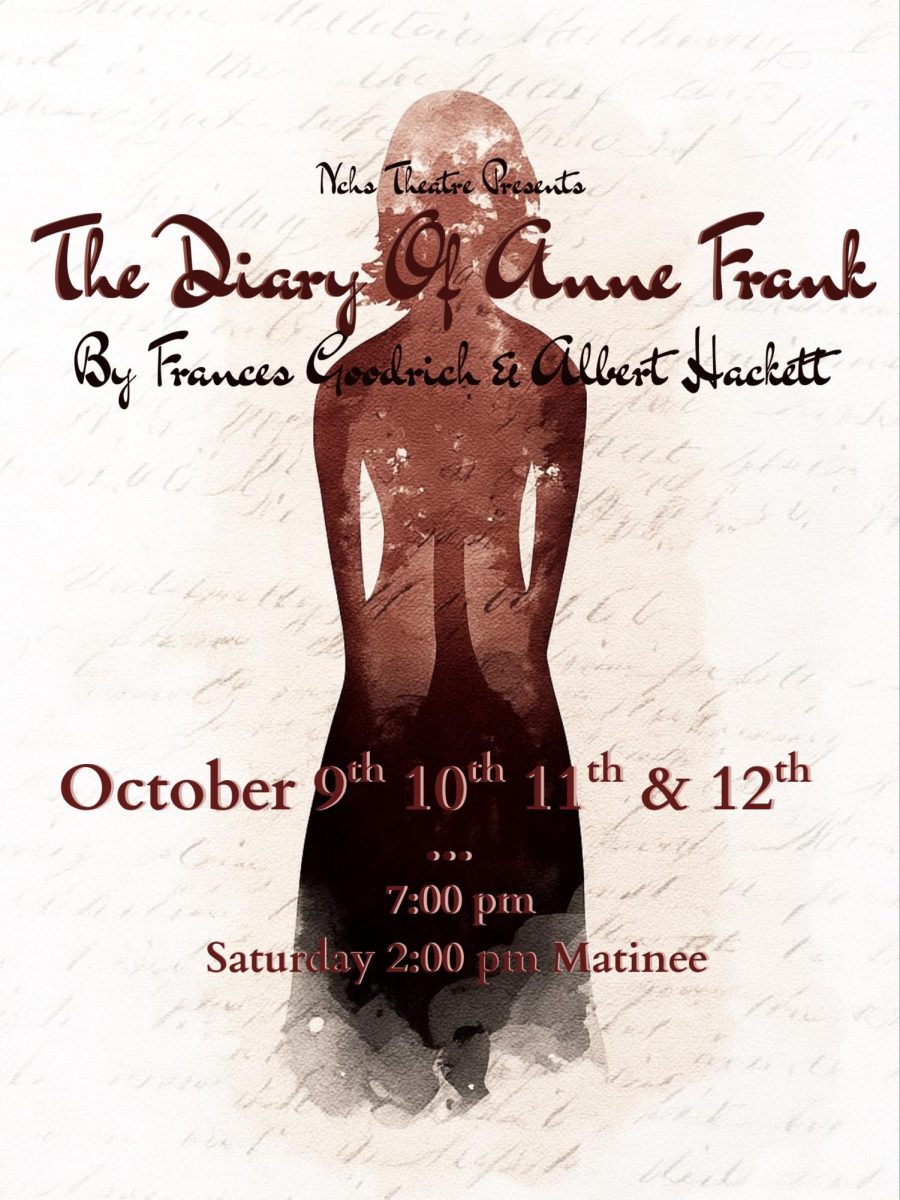

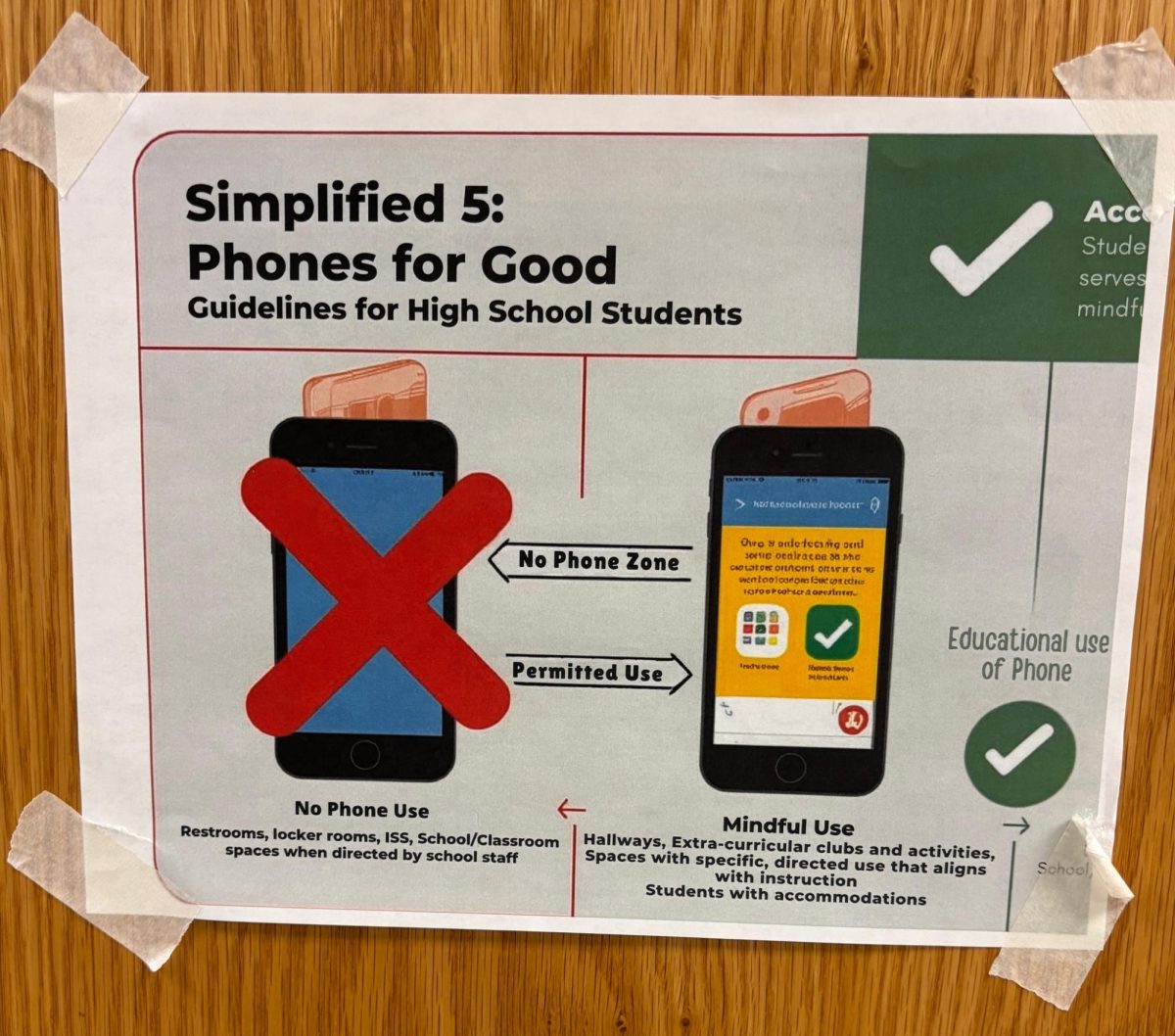




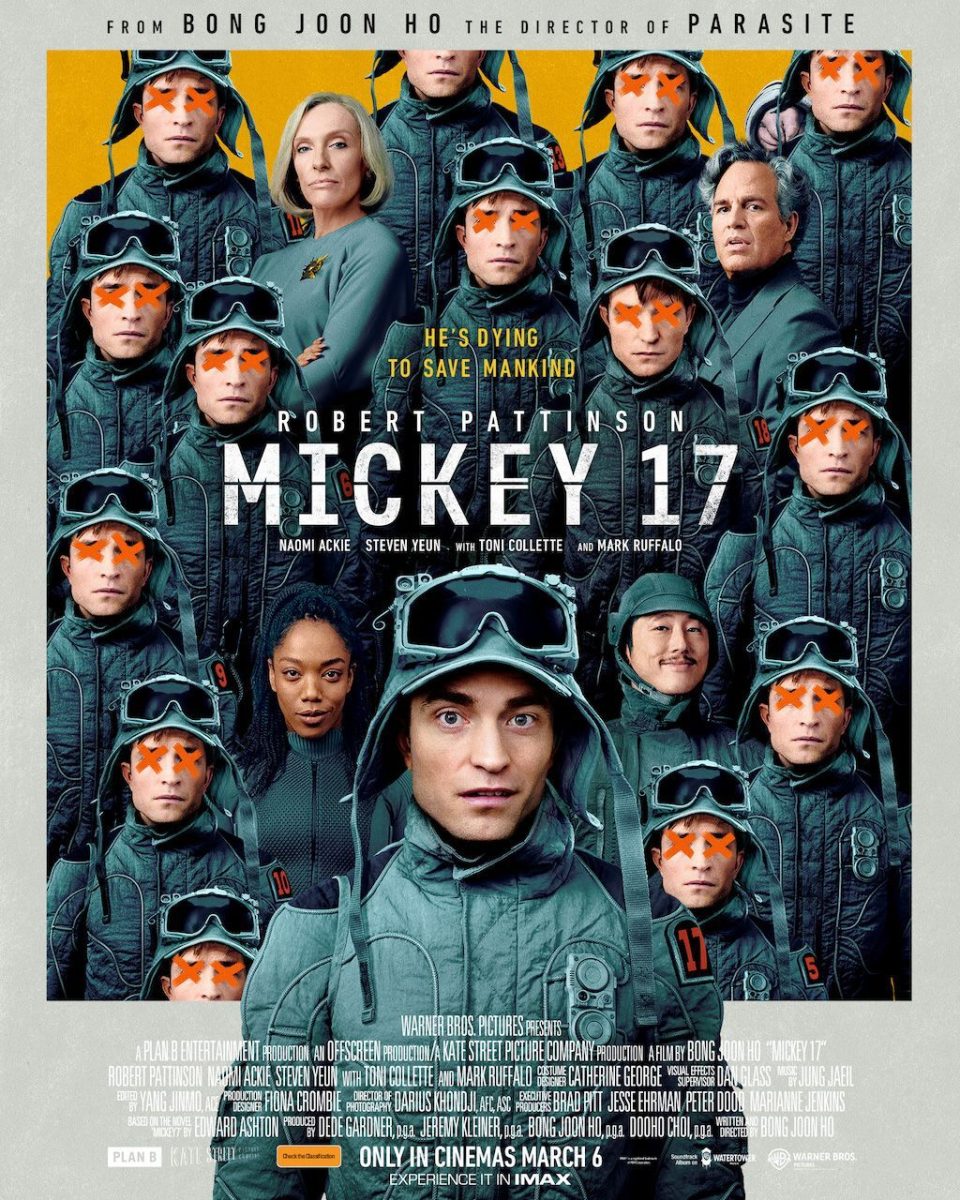
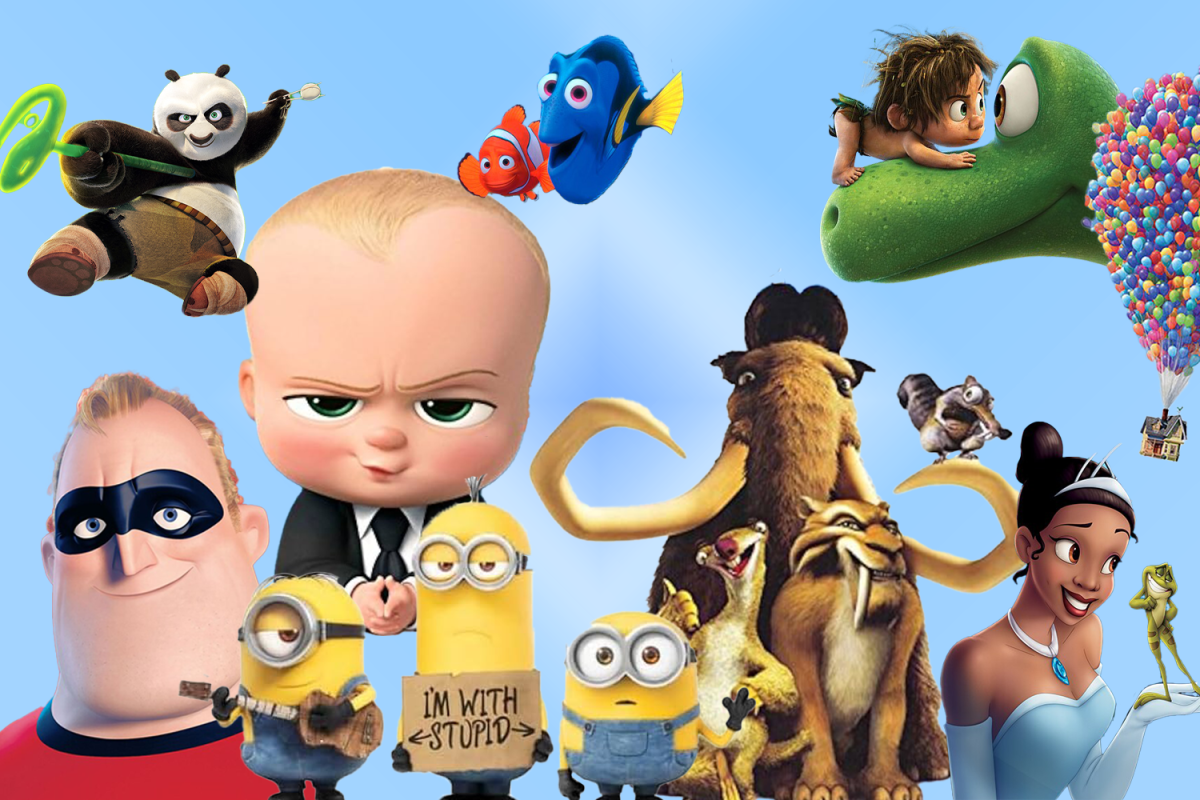
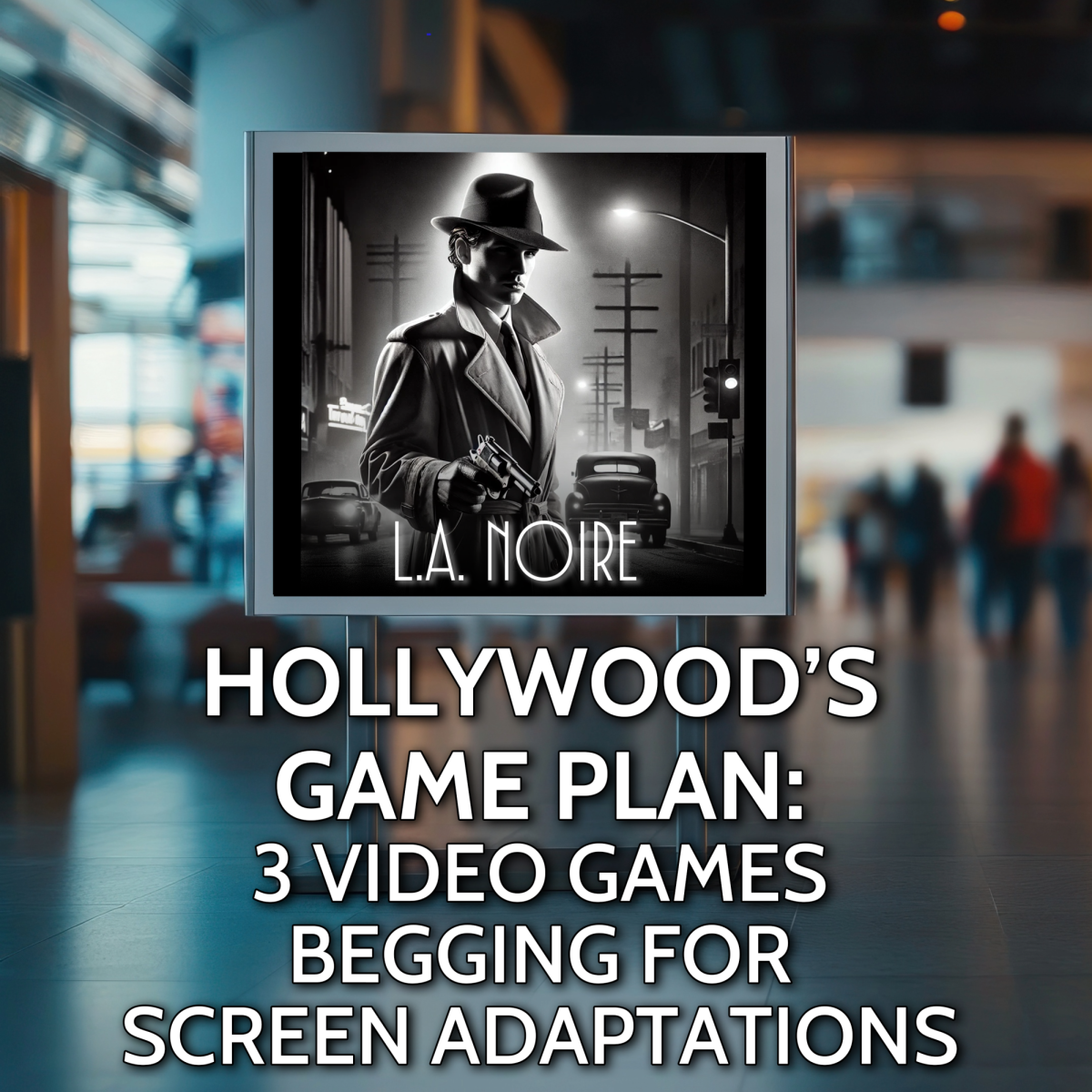
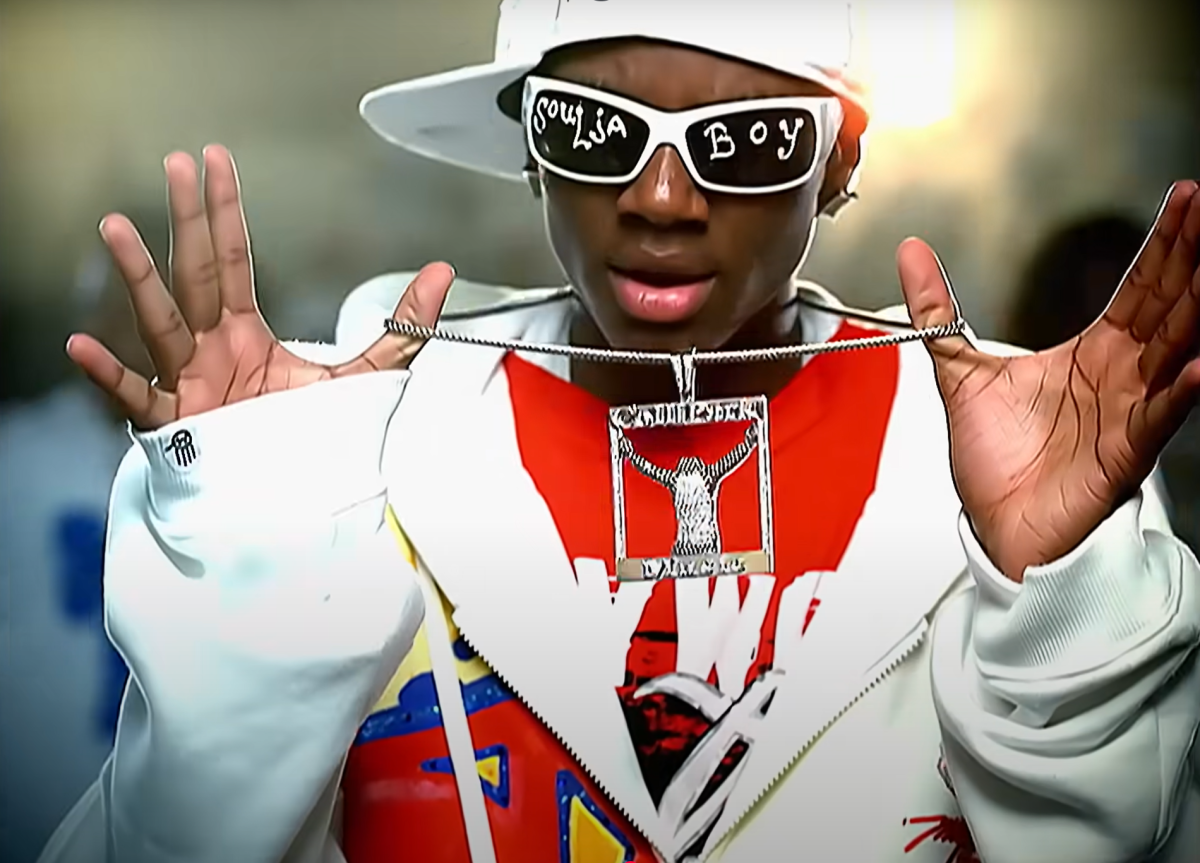
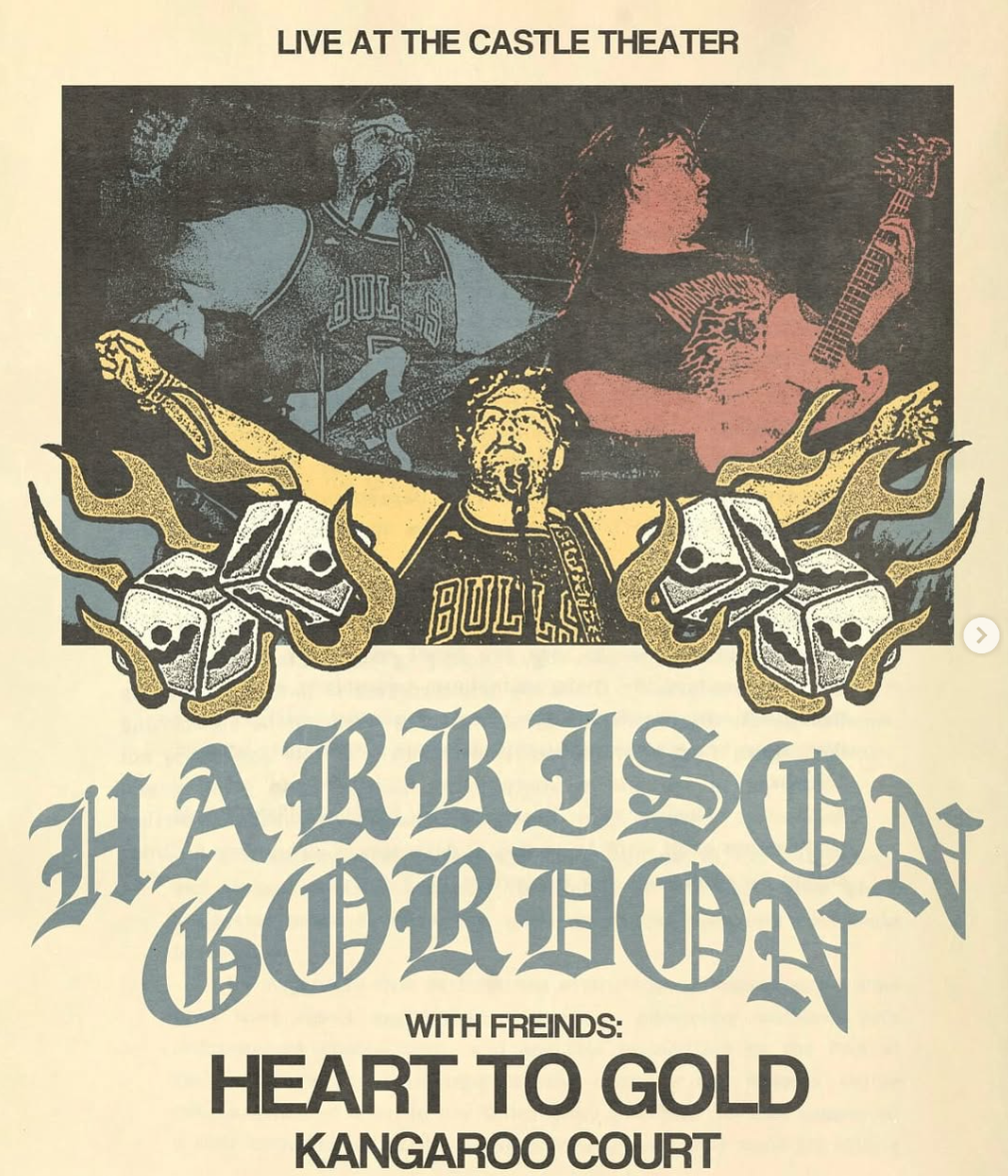



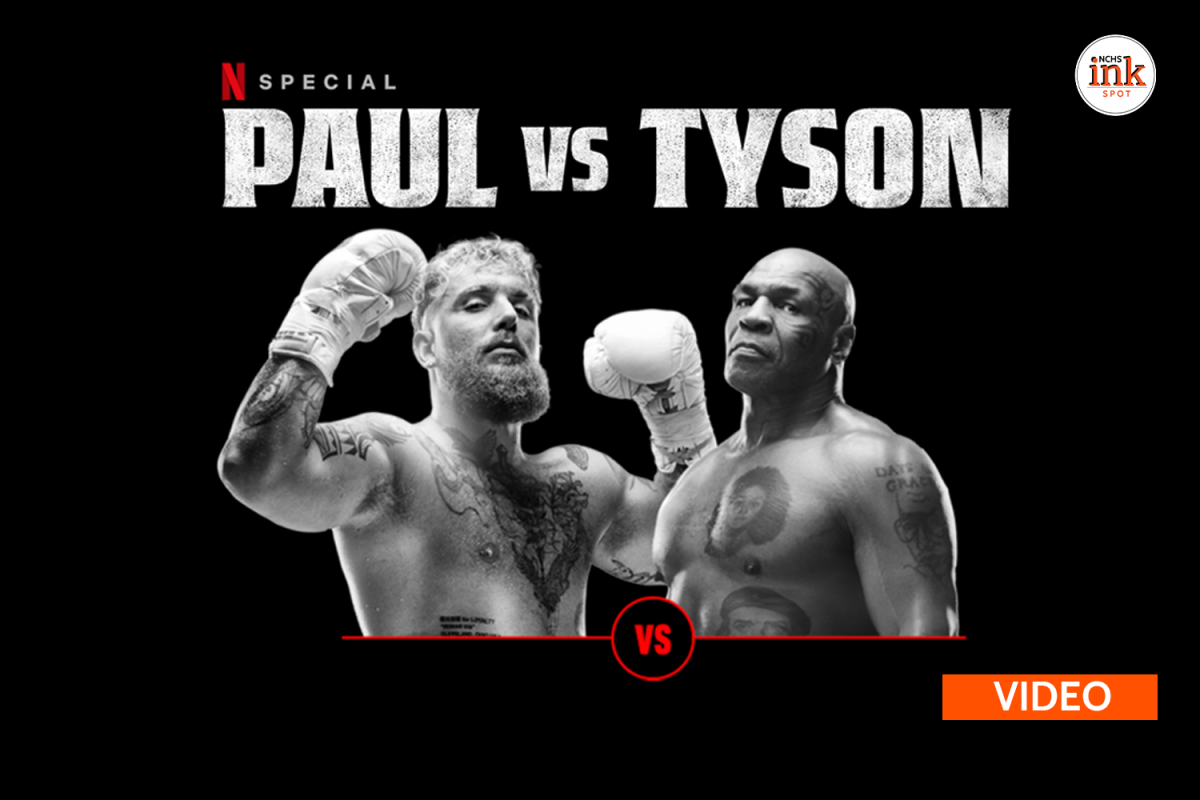


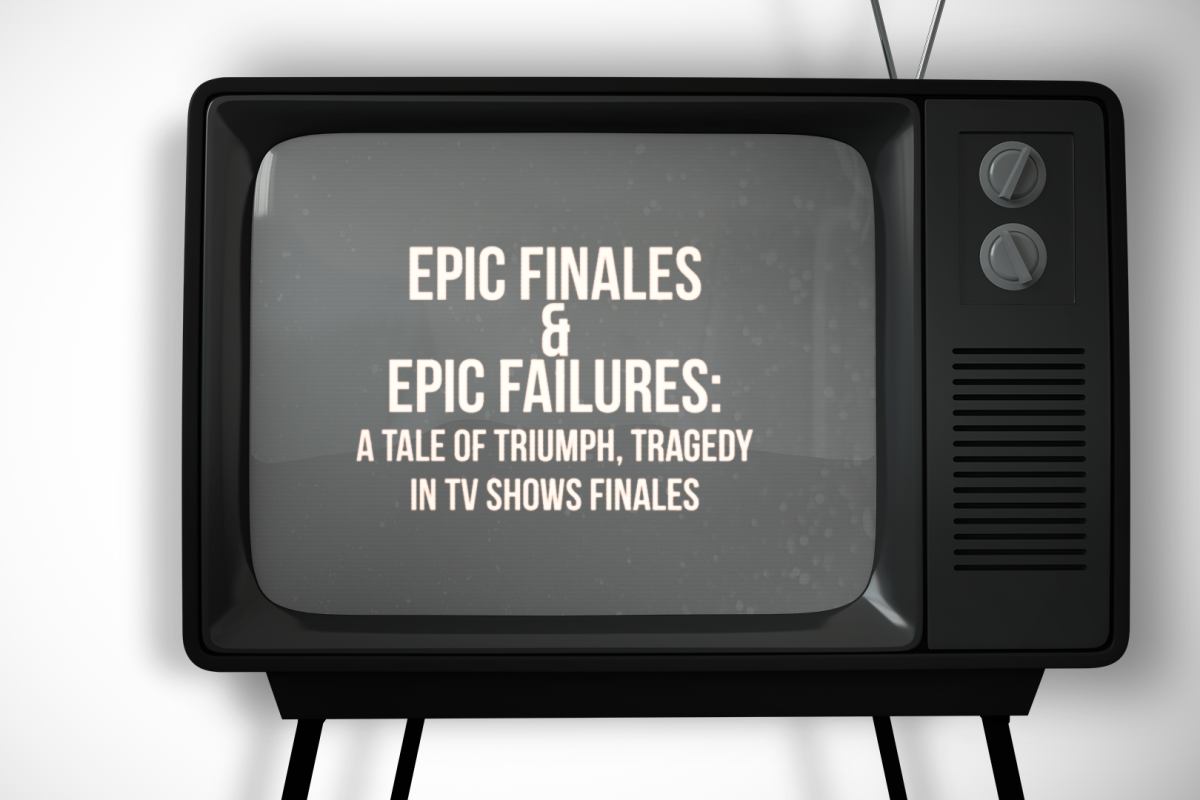
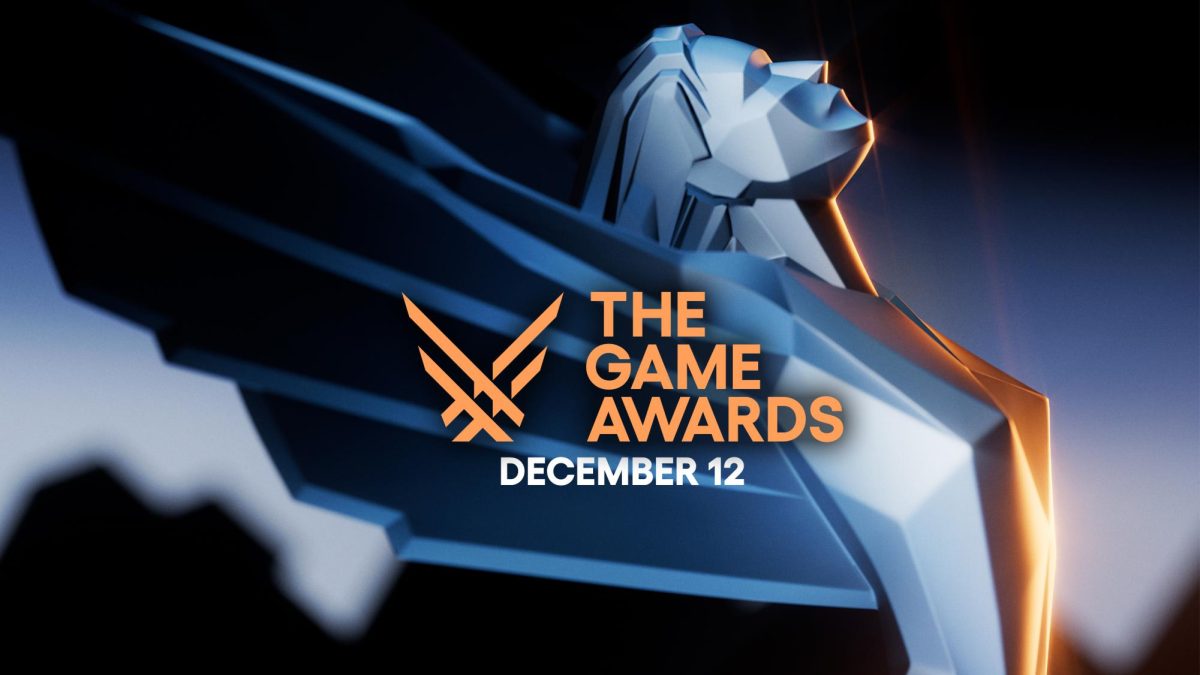
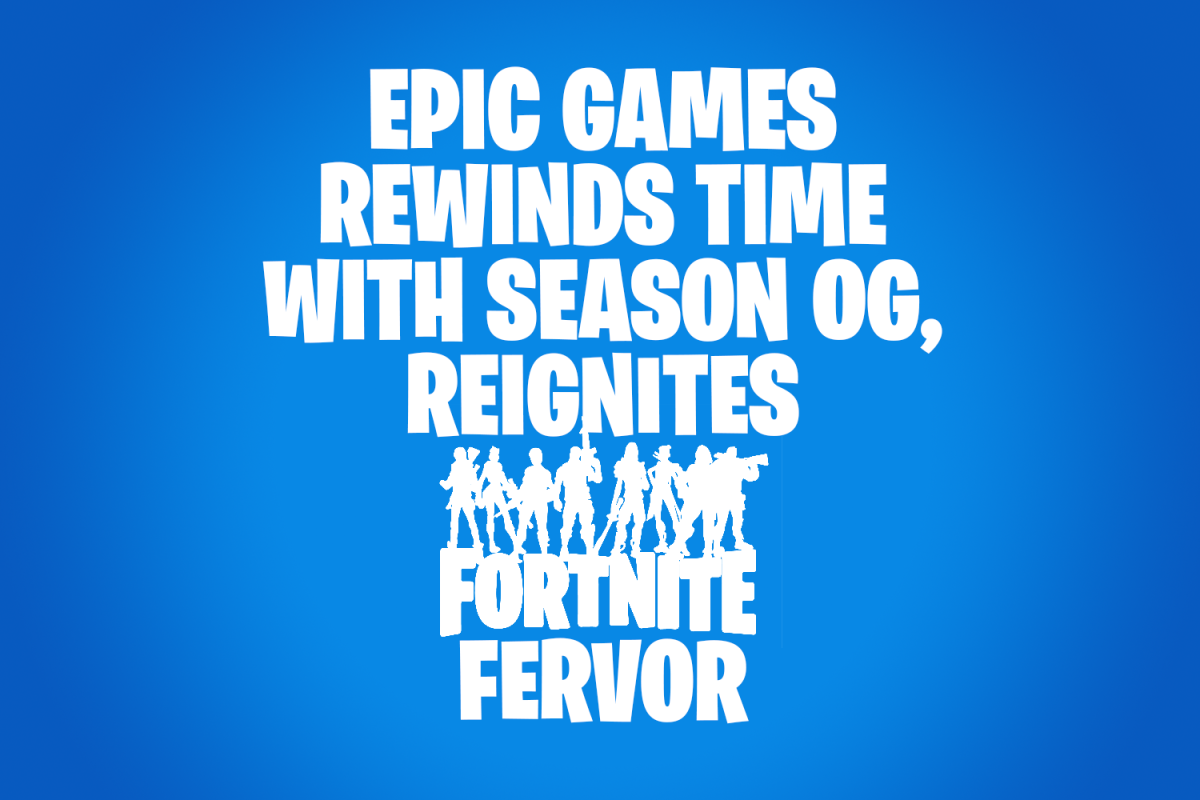
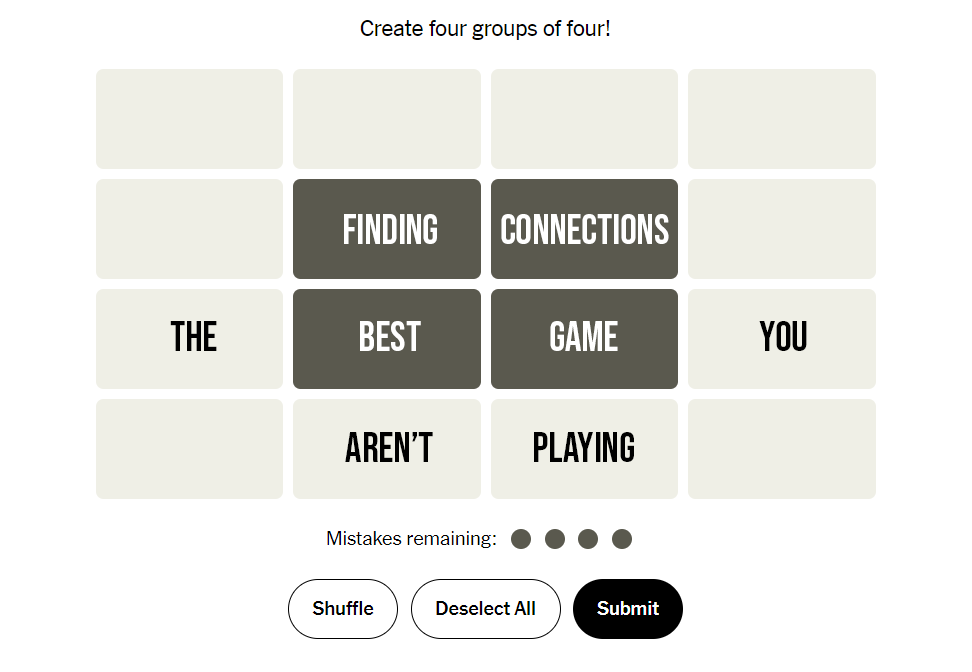
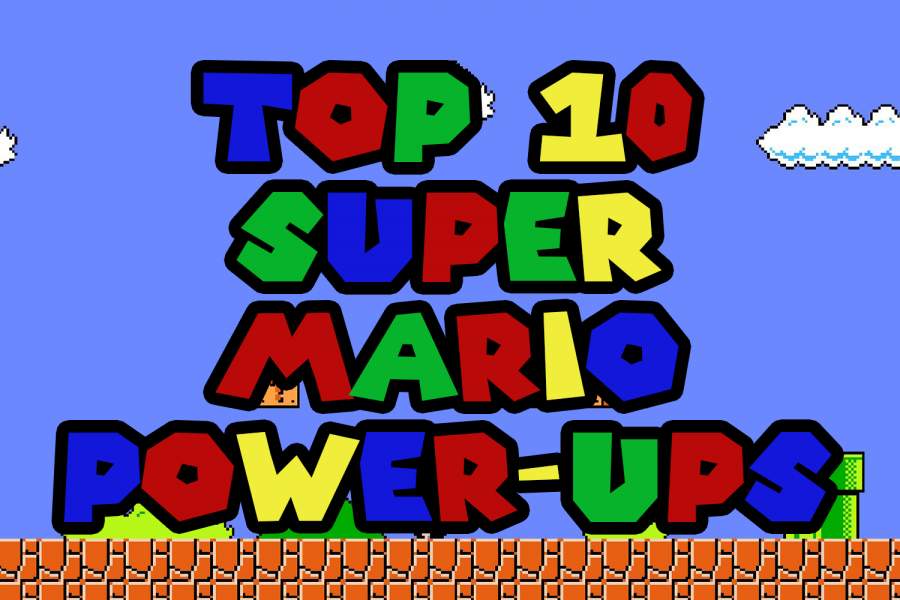


![Week 7: Coach Drengwitz recaps the Ironmen’s win over Bloomington, talks Danville [video]](https://nchsinkspot.com/wp-content/uploads/2025/10/Vikings-feature-Image-1200x675.png)
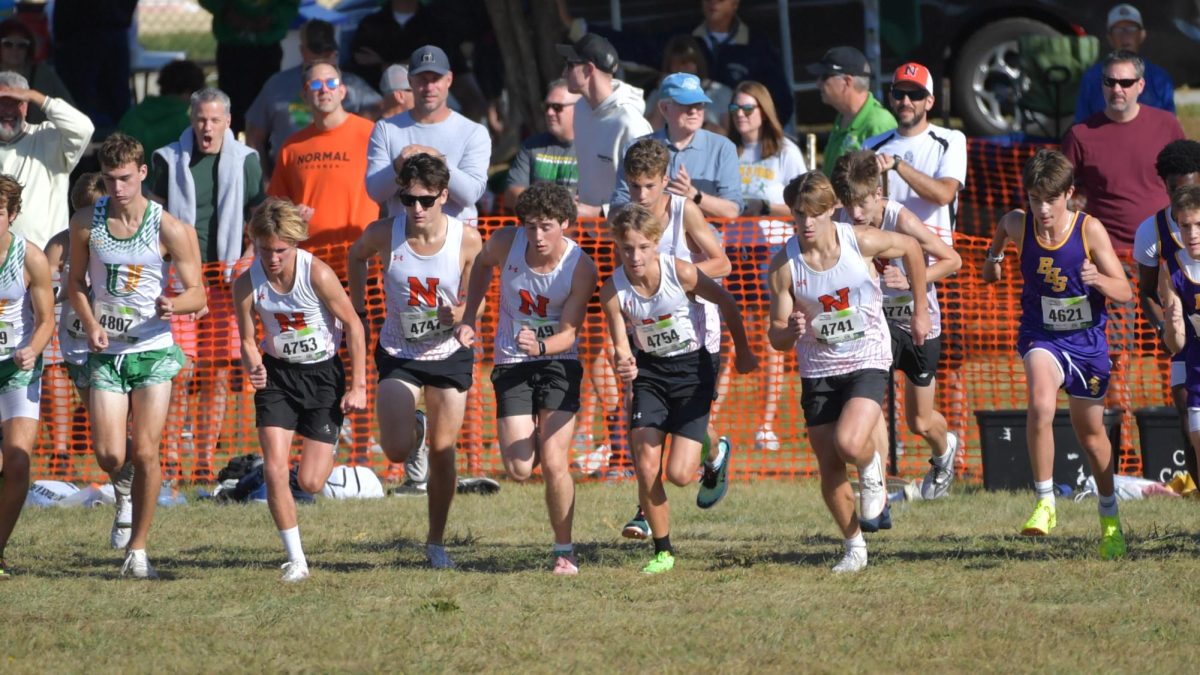
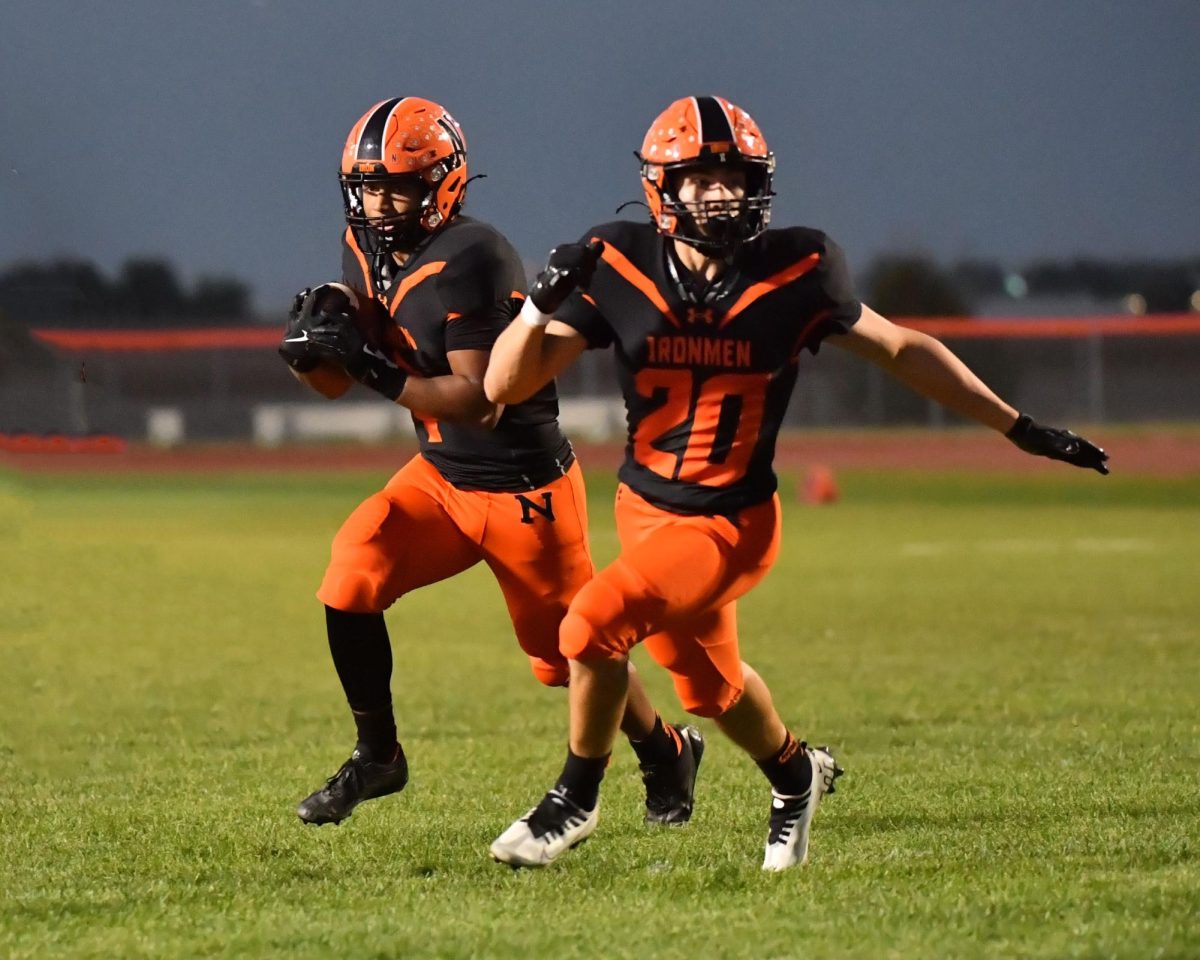

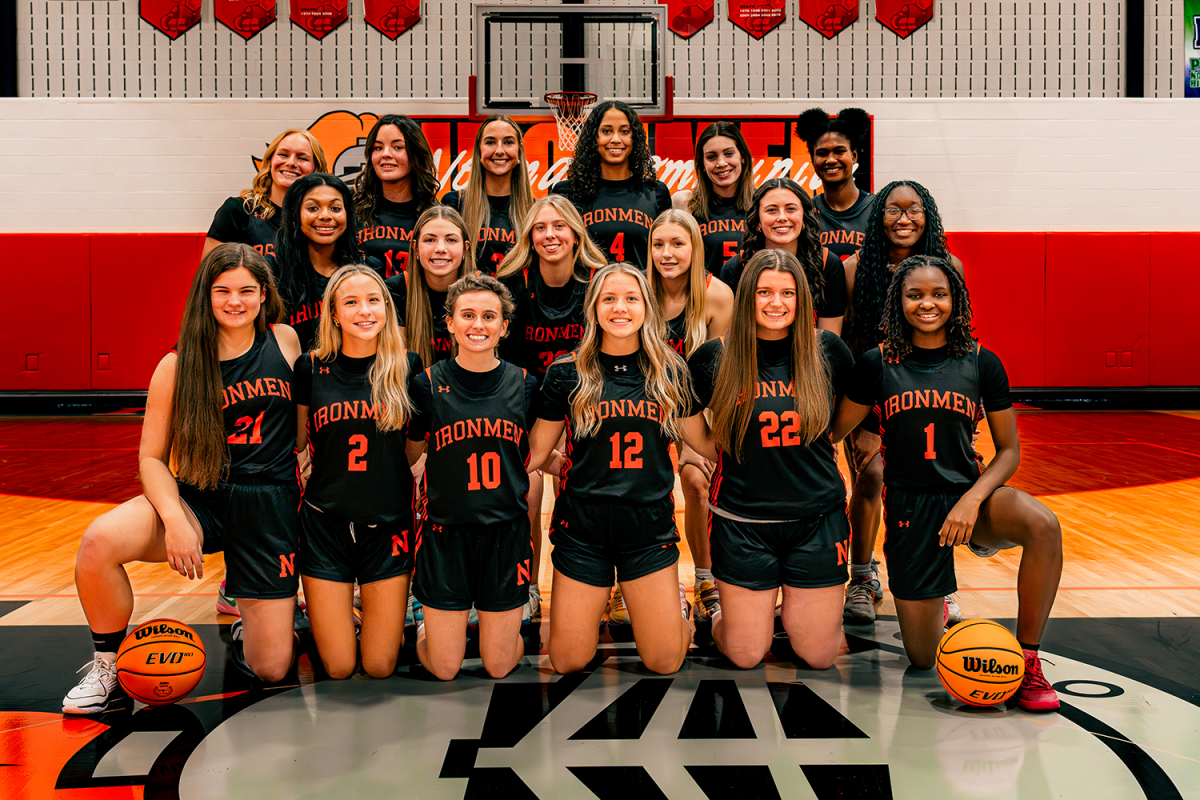





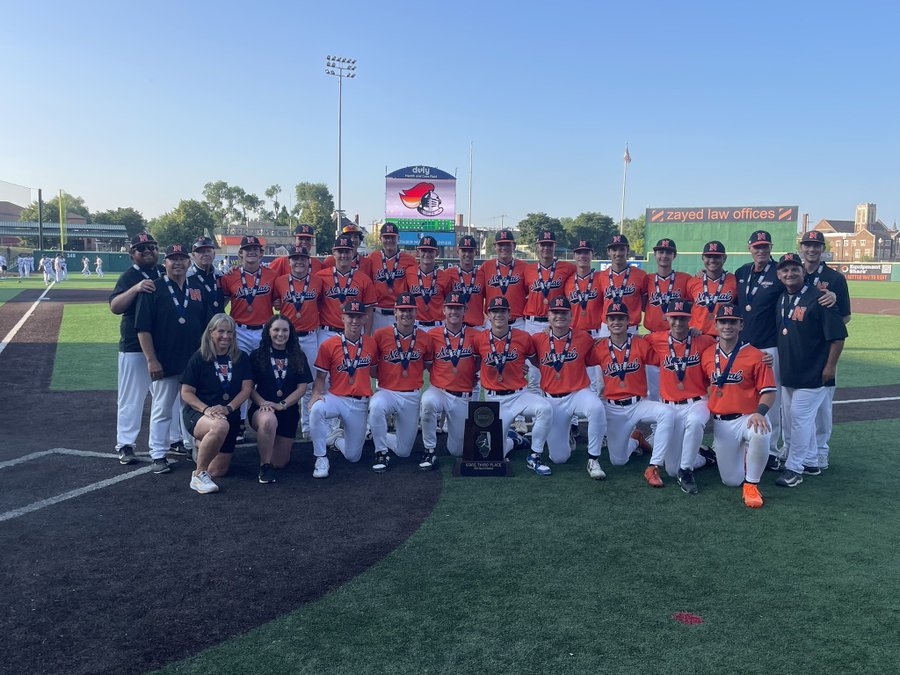
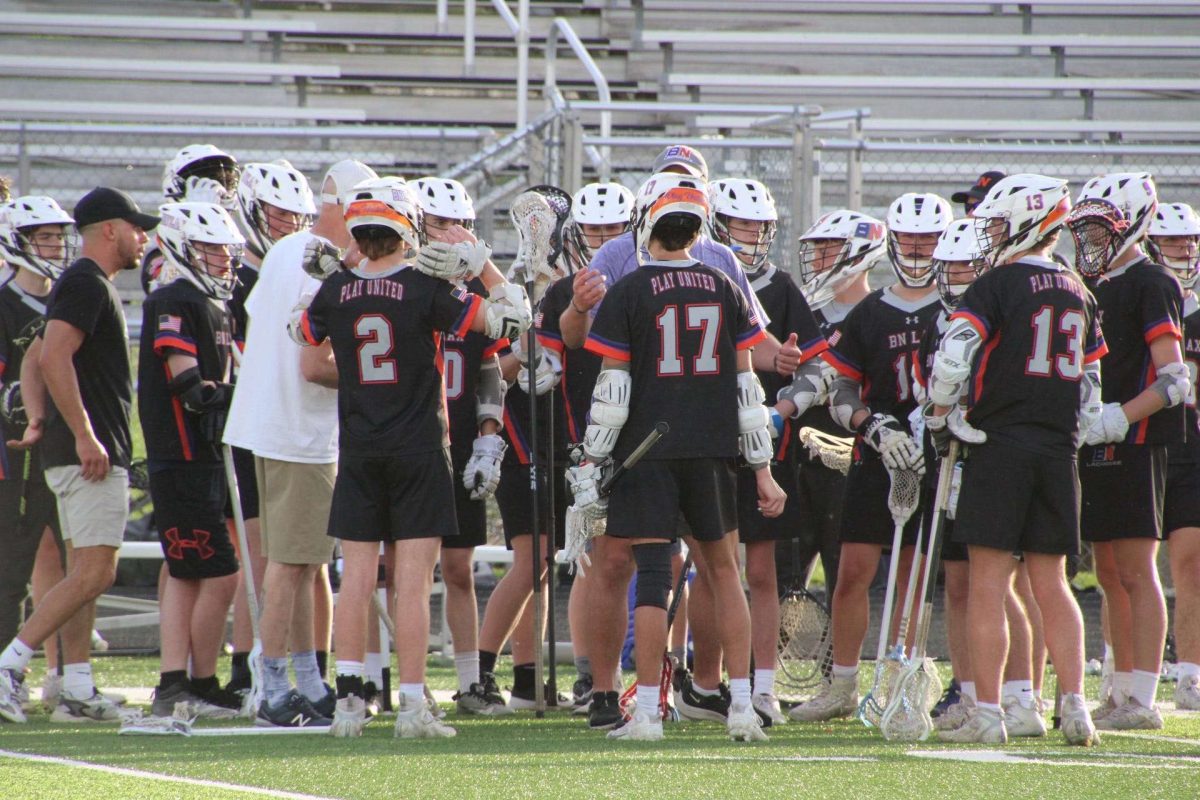







![Halloween candy cross section quiz [quiz]](https://nchsinkspot.com/wp-content/uploads/2022/10/Candy-cover-big-900x675.png)
![Average Jonah? [quiz]](https://nchsinkspot.com/wp-content/uploads/2022/05/average-jonah-900x600.png)

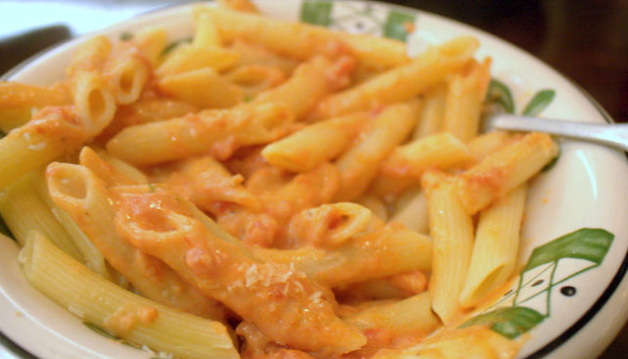
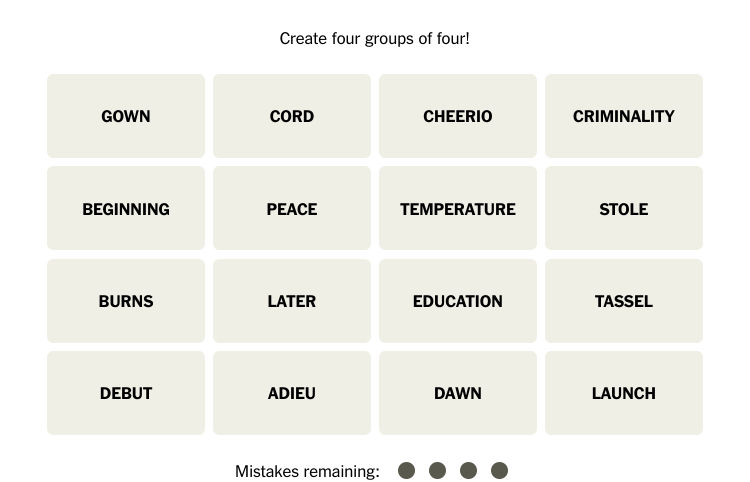
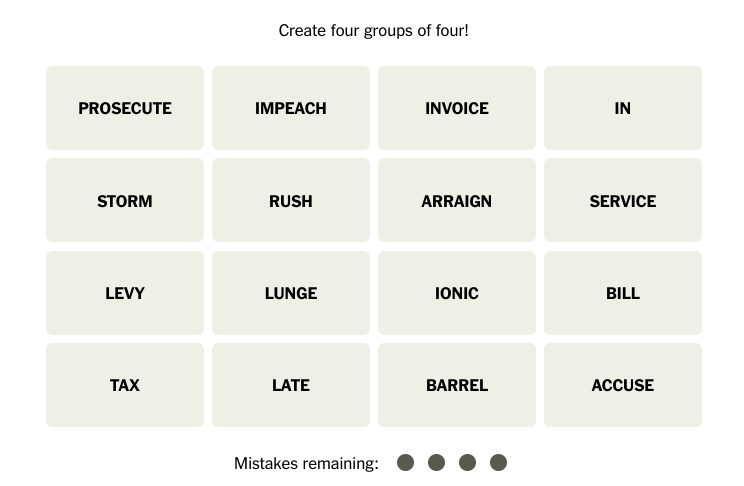
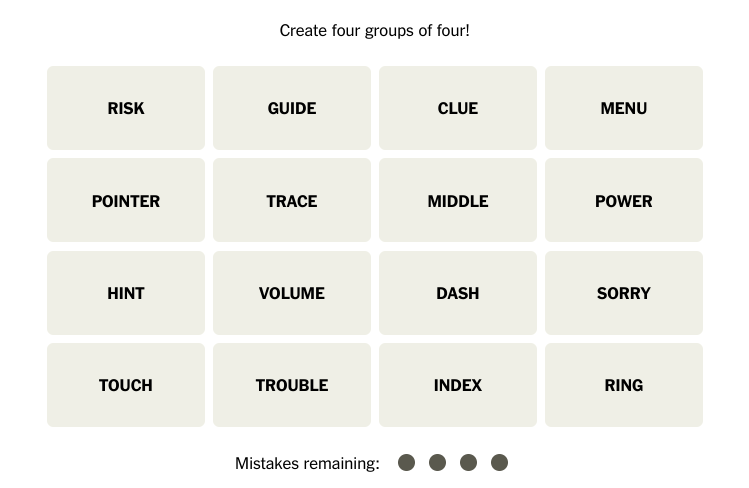
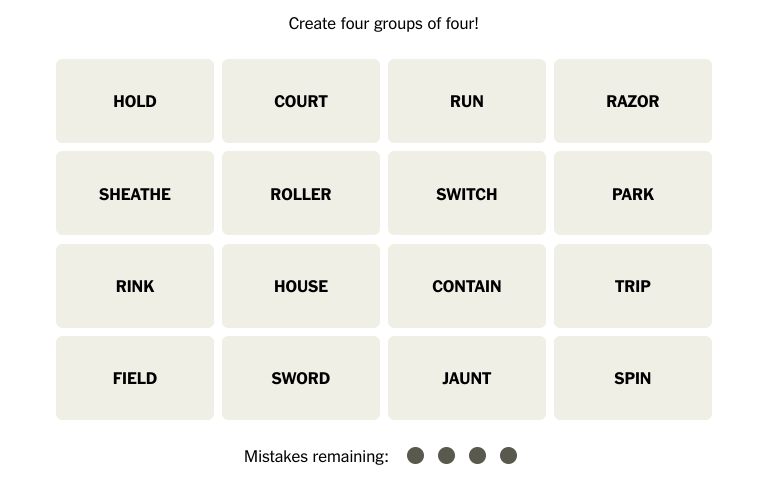
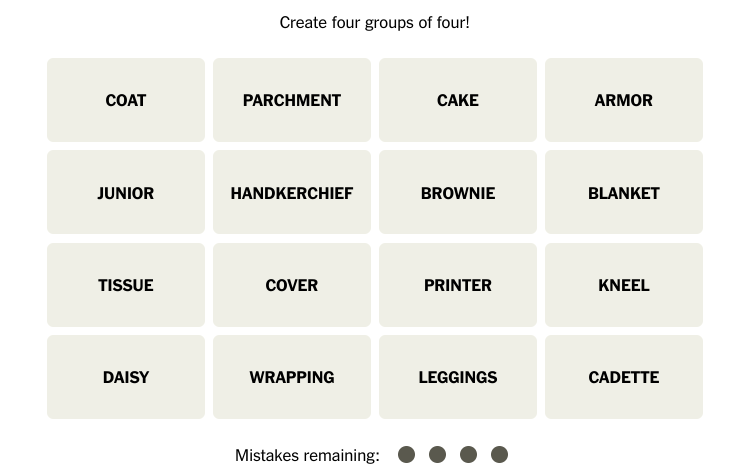
![[Photo Illustration]](https://nchsinkspot.com/wp-content/uploads/2025/09/trigger-words.png)

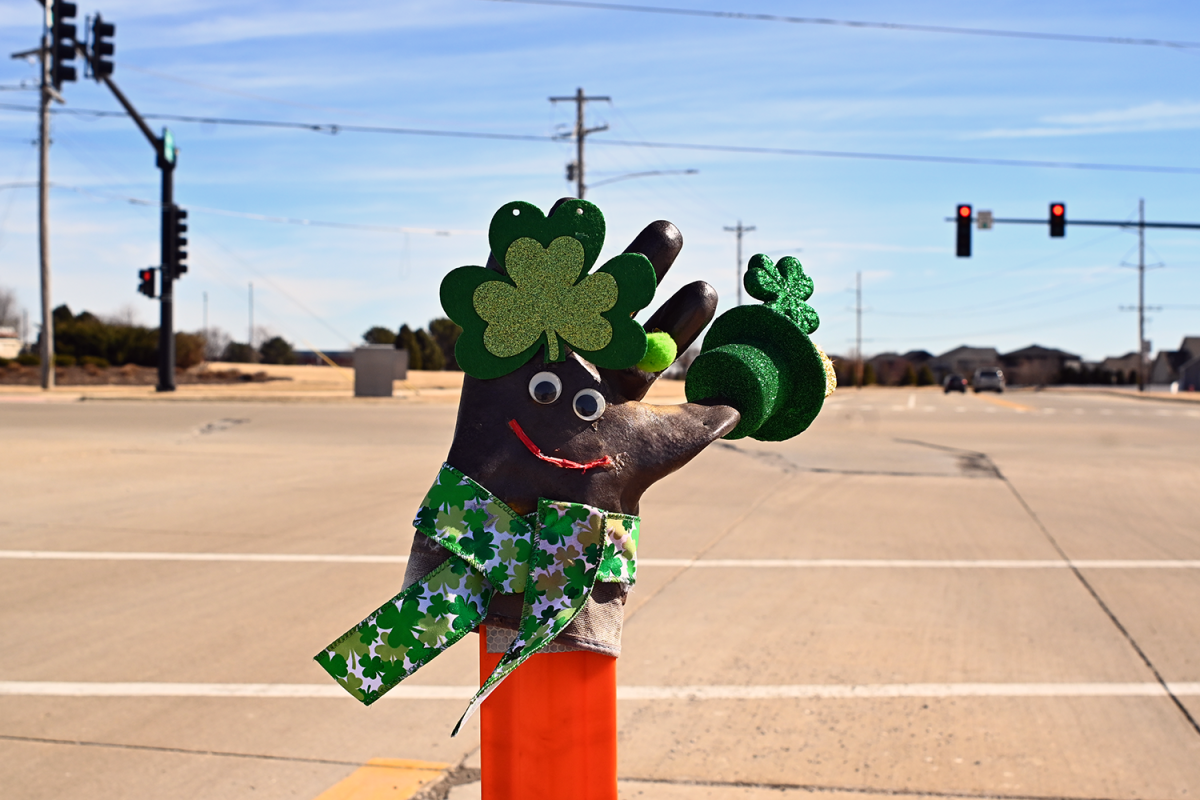





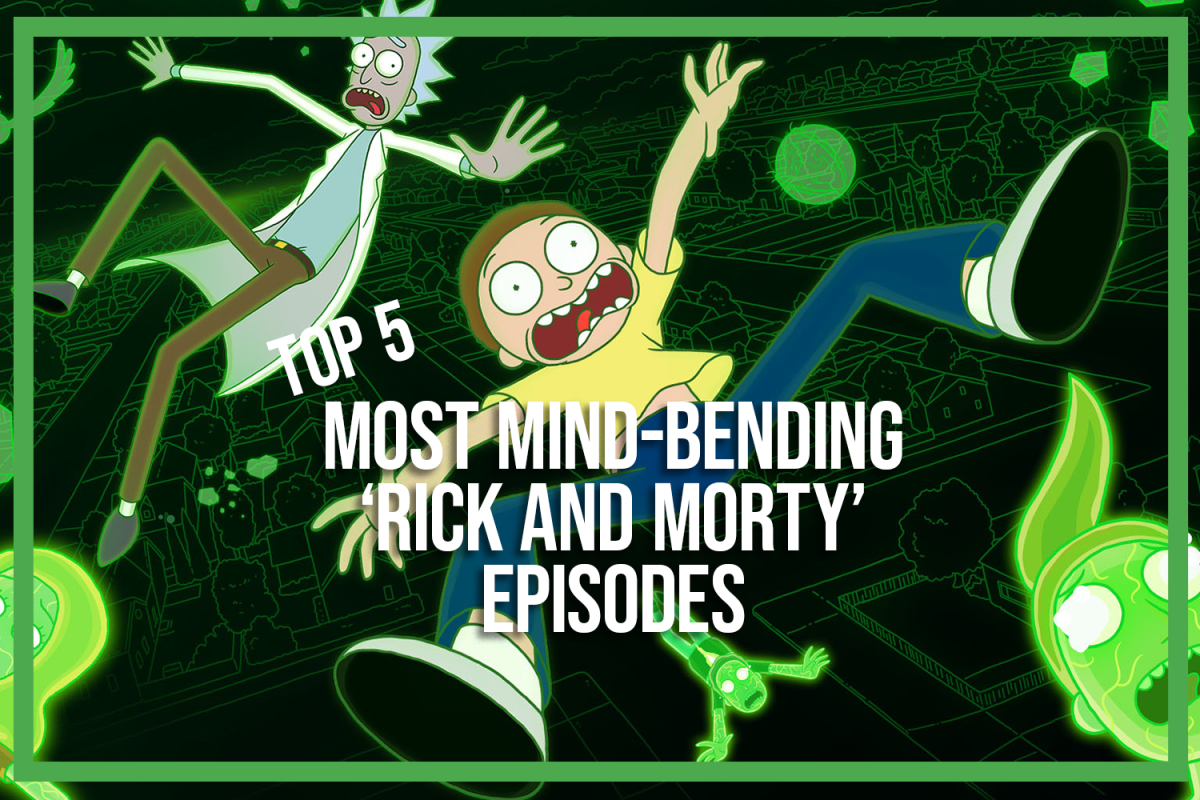
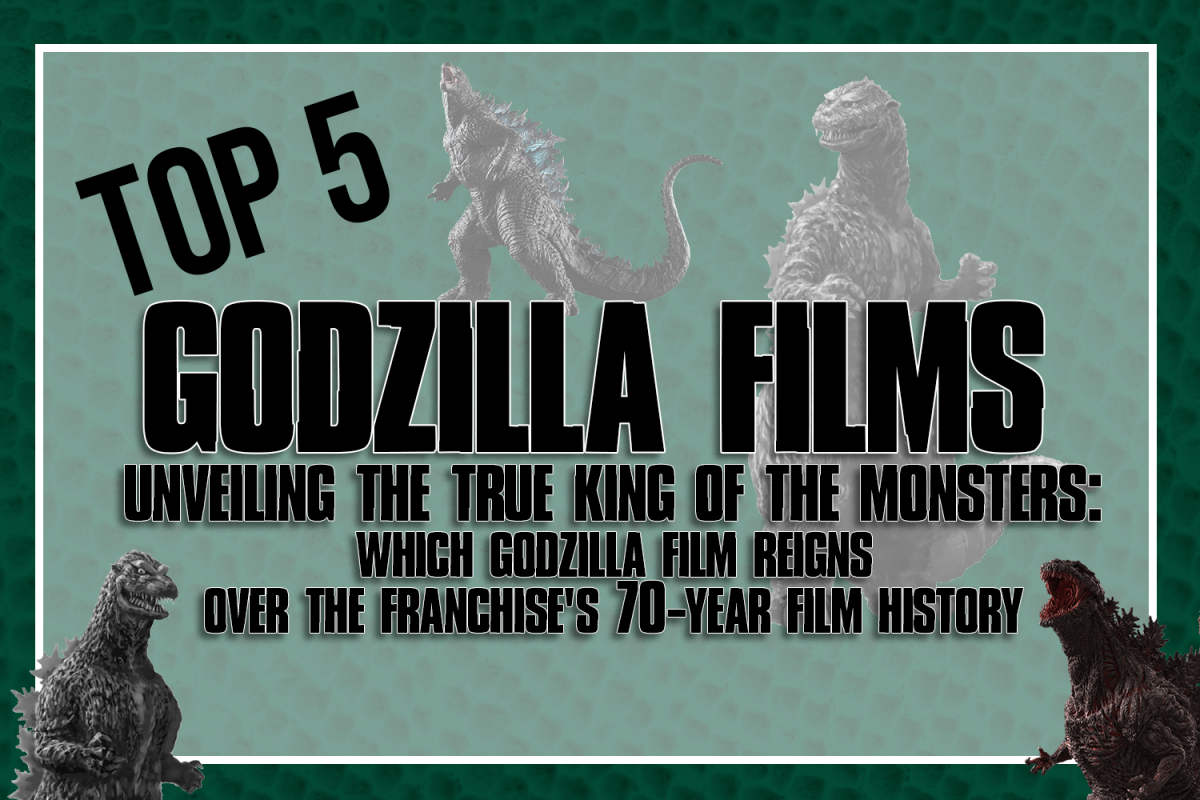
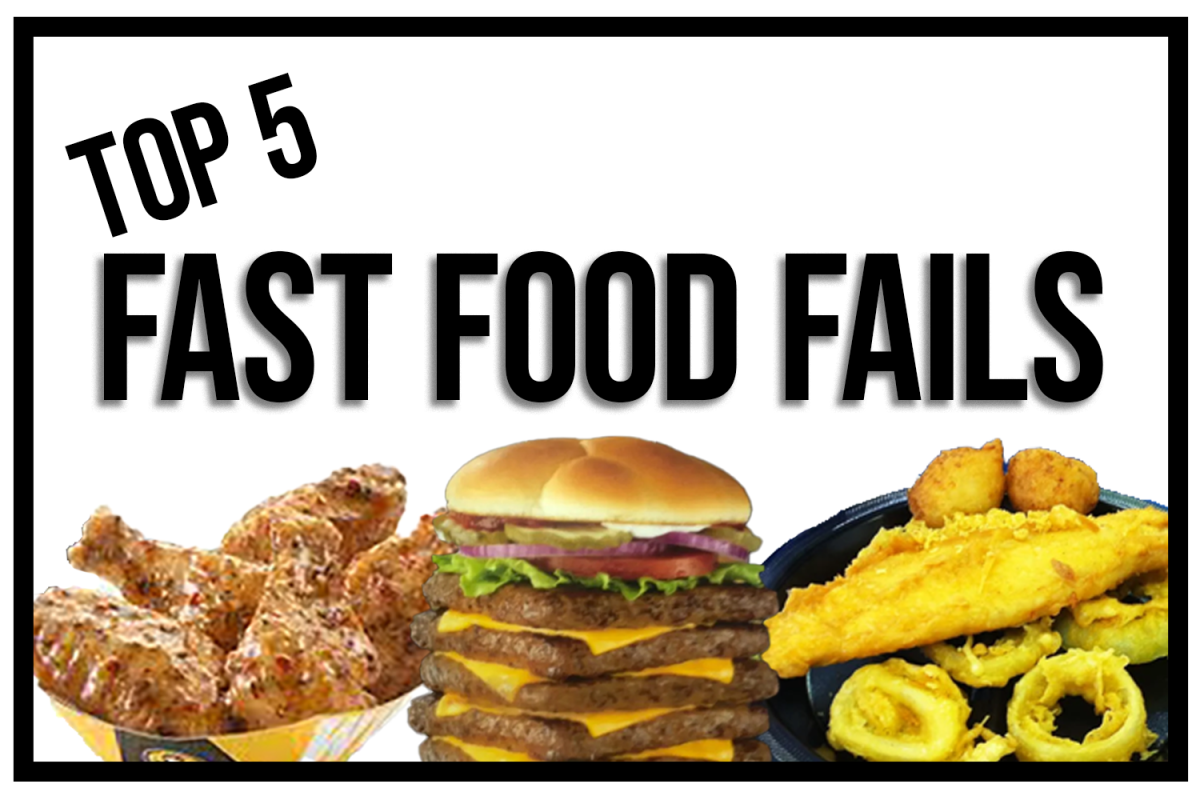
![Week 5: Coach Drengwitz previews the Ironmen’s matchup vs. Peoria Manual, recaps Week 4 [video]](https://nchsinkspot.com/wp-content/uploads/2025/09/Week-5-v-Rams-1200x675.png)
![Postgame reaction: Coach Drengwitz on Community’s 28-17 Loss to Kankakee [video]](https://nchsinkspot.com/wp-content/uploads/2025/09/Week-4-postgame--1200x675.png)





![Week 4: Coach Drengwitz previews the Ironmen’s matchup vs. Kankakee [video]](https://nchsinkspot.com/wp-content/uploads/2025/09/Ironmen-v-Kankakee-video-1200x1200.png)
![On the Spot: This or That – Halloween [video]](https://nchsinkspot.com/wp-content/uploads/2024/10/tot-Halloween-YT-1200x675.png)
![On the Spot: This or That – Fall favorites [video]](https://nchsinkspot.com/wp-content/uploads/2024/10/ots-fall-web-1200x800.png)
![On the Spot – Teachers tested on 2023’s hottest words [video]](https://nchsinkspot.com/wp-content/uploads/2024/01/On-the-Spot-Teachers-tested-1200x675.png)

